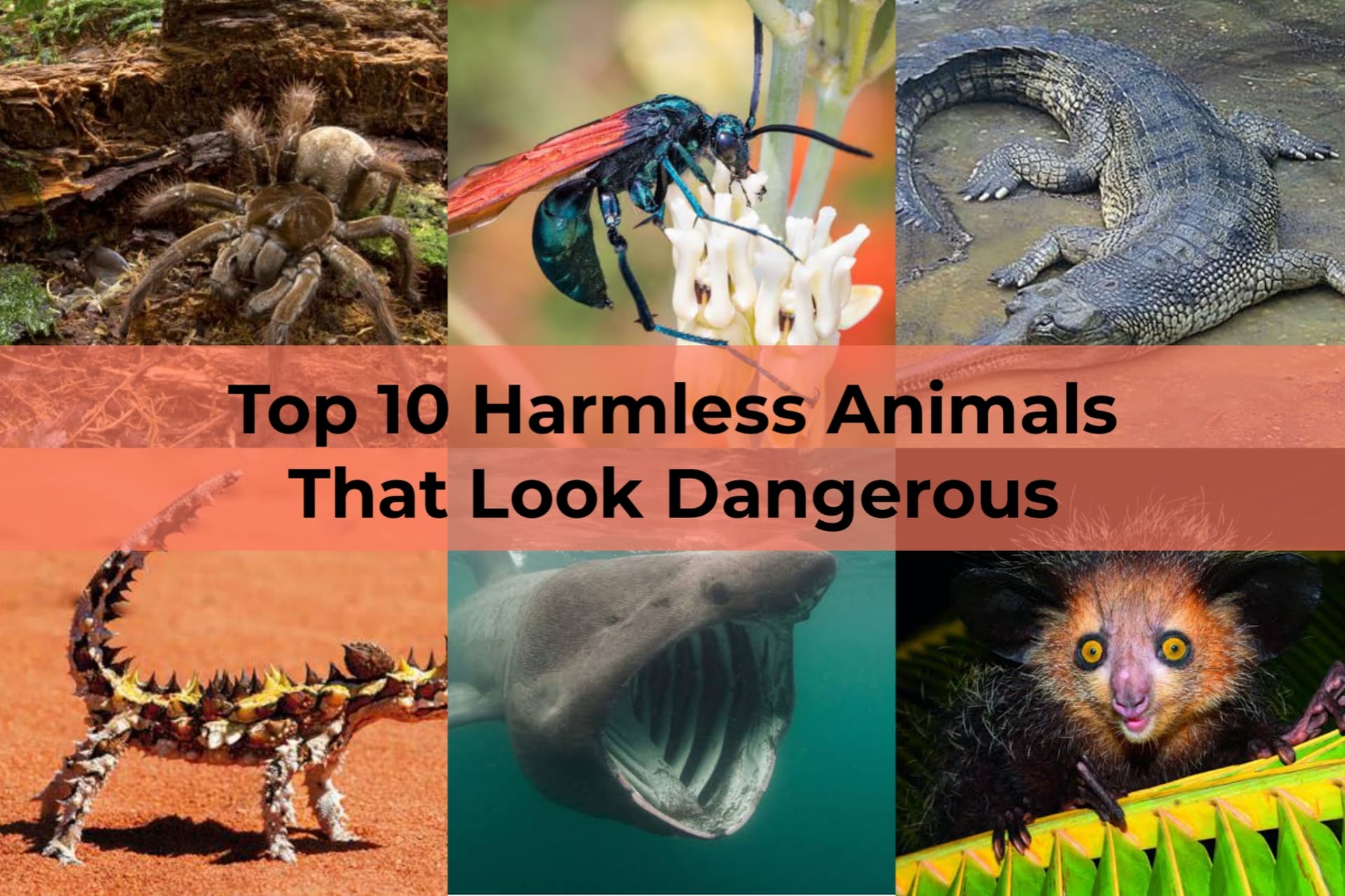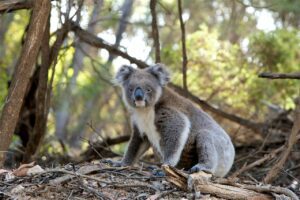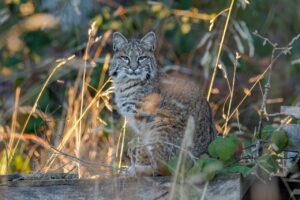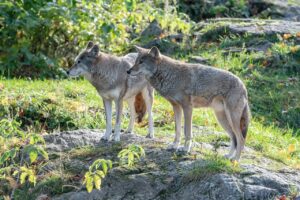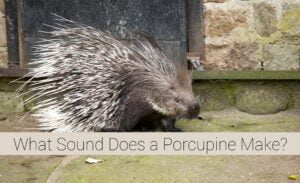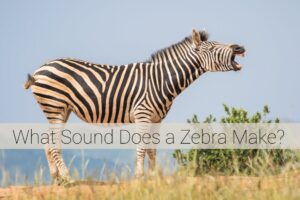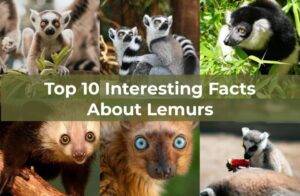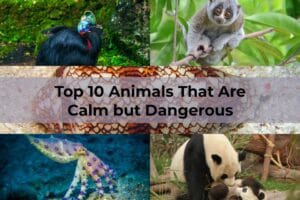In the animal kingdom, looks can be deceiving. Some animals may appear creepy and frightening, yet they are harmless
There are many animals that terrify us instantly due to their massive size, sharp teeth, or fangs. Most of the time, these features are just for show, and the animals are mostly harmless to humans.
In this article, we will take a look at the top 10 harmful animals that look dangerous.
Top 10 Harmless Animals That Look Dangerous
1. Goliath Birdeater

The Goliath Birdeater is a big spider that belongs to the tarantula family Theraphosidae. They are one of the largest species of spiders in the world.
Many people are afraid of spiders because most spiders are known to be venomous, but the Goliath Birdeater is different.
Despite its intimidating appearance, the Goliath Birdeater is not dangerous to humans. They feed on other large arthropods, worms, and amphibians.
They are native to the rainforest areas of Northern South America, such as French Guiana, Suriname, Guyana, southern Venezuela, and northern Brazil.
The goliath birdeater got its “birdeater” name from a 1705 copper engraving by Maria Sibylla Merian that showed the spider eating a hummingbird.
2. Aye-Aye

The second animal on this list is the Aye-Aye lemur. The Aye-Aye is a scary-looking nocturnal lemur found in Madagascar.
This lemur has large eyes, long fingers, and an eerie appearance, which makes people immediately assume they are dangerous. However, this little primate is completely harmless.
In Madagascar, they are often hunted because of a local superstition that they are evil.
The aye-aye is also not afraid of humans and will come closer to have a better look.
They use their long middle finger to tap on trees and find insects to eat. This finger is also used to catch grubs and larvae out of tree trunks.
3. Basking Shark

Not all massive sharks are dangerous, and an example is the basking shark. This shark is the second-largest living shark and fish in the water.
If you see this massive shark with its mouth wide open coming towards you, it can be terrifying, but there is no need to worry. This is because the Basking Shark is mostly a planktivore (plankton eater) and one of the gentlest giants of the sea.
4. Milk Snake

The Milk Snake is often mistaken for the venomous Coral Snake due to its similar colouration. The red, black, and yellow bands on its skin can easily be confused with the Coral Snake’s pattern.
The only difference is that the milk snake is completely harmless to humans. They are non-venomous and pose no danger to humans.
Here is a rhyme to help you differentiate the two snakes: “If red is touching black, then it’s safe for Jack. If red’s touching yellow, it’ll kill a fellow.”
5. Giant African Millipede

The appearance of the Giant African Millipede is intimidating, leading people to assume that they are dangerous.
The truth is that millipede is completely harmless and feeds on decaying plant matter. So their giant size is just for show since they are neither poisonous nor a threat to humans or other animals.
6. Manta Ray
The Manta Ray is another harmless creature that is feared to be dangerous. This is because people mistake them for stingrays.
Manta rays are the largest type of ray in the world. They are often referred to as gentle giants of the ocean.
These large creatures have no stingers and are completely harmless to humans. Their main source of food is plankton and small fish.
You can find them swimming alongside divers and snorkelers in the water.
7. Gharial

The gharial is a crocodilian that looks like a crocodile. The difference between a Gharial and a crocodile is the narrow snout.
Although Gharials have long and narrow snouts, they are filled with sharp teeth, that make them look like a fearsome predator. But they are harmless to humans.
They feed on fish, hence why they are referred to as fish-eating crocodiles. Their unique snout is perfect for catching fish.
8. Tarantula Hawk Wasp

Tarantula Hawk Wasps are large Parasitoid wasps that prey on tarantulas.
Despite their name and appearance, they are not aggressive towards humans. They have a painful, but harmless, sting that is only used to paralyse tarantulas.
So whenever you see a Tarantula Hawk Wasp, you should not be afraid.
9. Thorny Devil

This small lizard looks very thorny, hence the name thorny devil. They are also known as mountain devil, thorny lizard, thorny dragon, and moloch.
The spikes on their bodies are not made hard and calcareous (uncalcified), so they are completely harmless.
This little lizard feeds on ants and uses its spiky appearance to intimidate predators.
10. Leaf-Tailed Gecko

Leaf-Tailed Geckos are small geckos that are native to Madagascar. They have a leaf-like tail and mottled skin, that is used to blend into the surroundings.
This gecko has an eerie appearance but is completely harmless to humans. They are nocturnal and feed insects.
So, while in Madagascar, you might see them moving around at night feeding on insects.
Conclusion
These animals are proof that not all scary creatures are dangerous. It is just a case of mistaken identity for most and possession of scary features for others.
In this article, we have provided a list of harmless animals that look dangerous. So, the next time you come across one of these animals, remember there’s no need to be afraid.
FAQs
Are Goliath Birdeaters dangerous to humans?
No, Goliath Birdeaters are not dangerous to humans. Their venom is mild and not harmful to us.
Why can’t you touch manta rays?
It is not a good idea to touch manta rays because the protective mucus layer on their skin can easily be damaged by human touch.
How poisonous is a milk snake?
Milk snakes are non-venomous. Their bite is not poisonous or venomous, and they feed on rodents and insects.
Are thorny devils dangerous?
Thorny devils are not dangerous. They are harmless ant-eaters that live in Australia. Their thorns are also not toxic.

Hi, I’m Louis Ojibe, and I grew up around wildlife in Africa. I have always been fascinated by animals and nature across the world.
As a child, my parents used to take me to see wild animals like lions, elephants, gorillas, tortoises, and many others at our local zoo.

